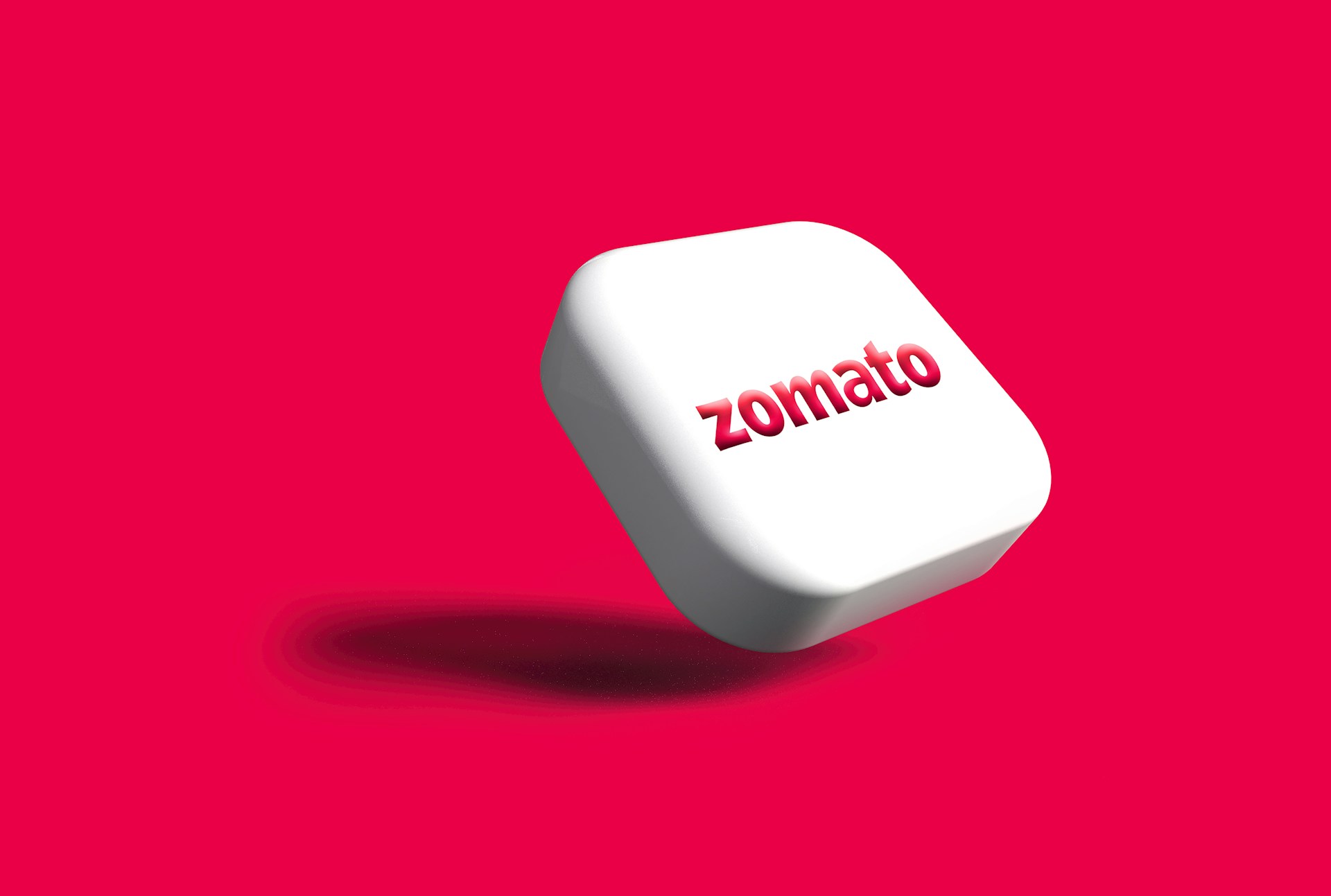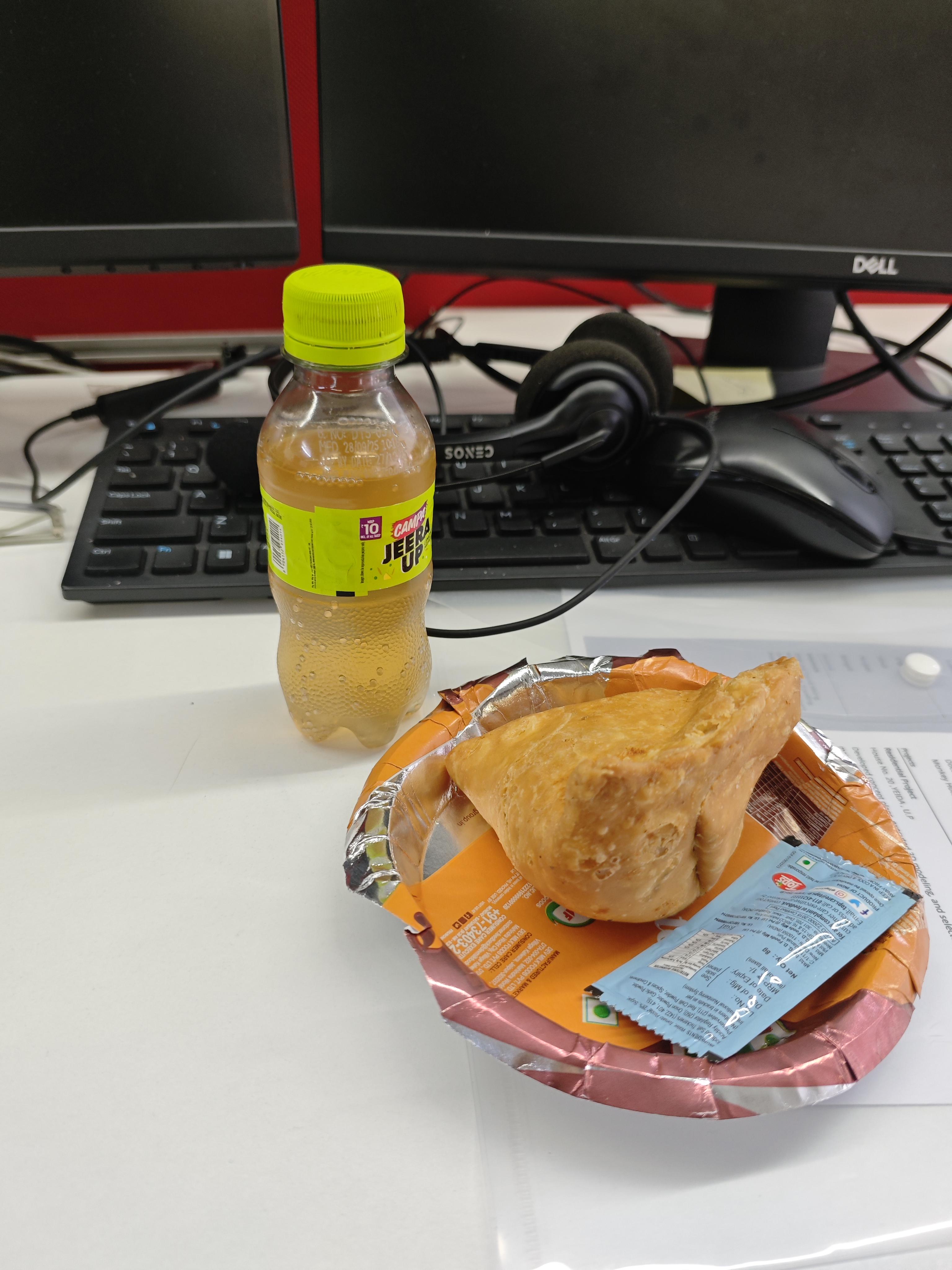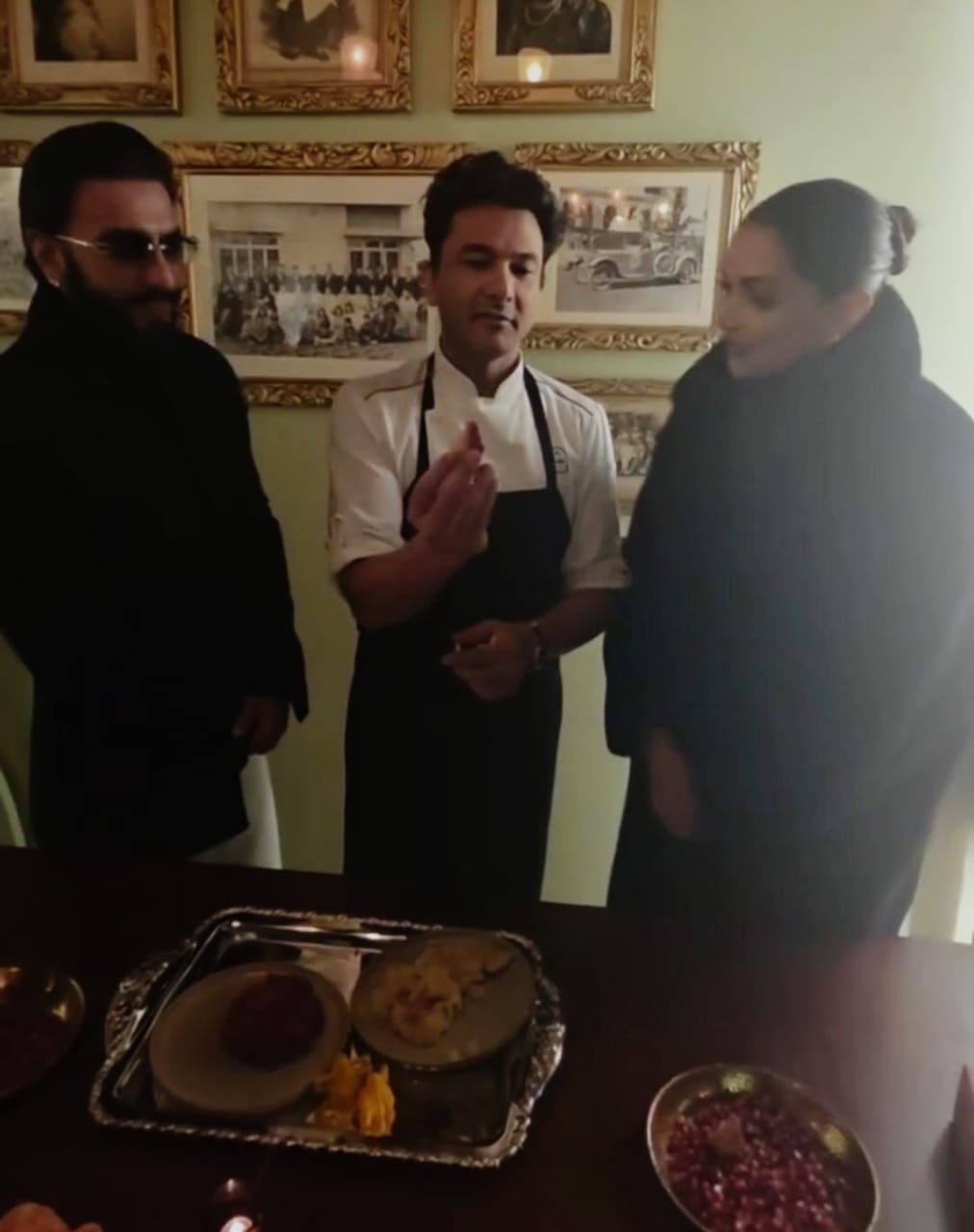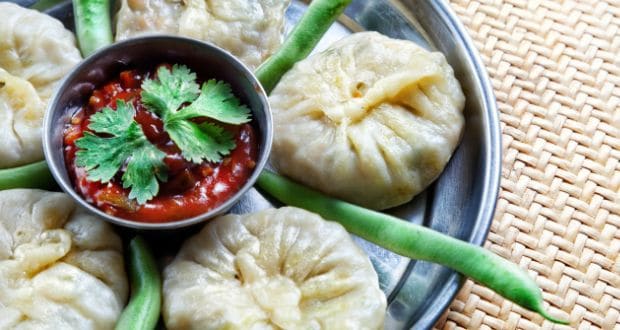Nothing can be better than those hot steaming momos on your plate, right? Juicy on the inside with a nice, mildly seasoned filling, with a soft outer covering. What if we tell you that the momos you are enjoying can be three times the size with just as much flavour? No, it's not a mirage. There are 'hybrid momos' that are thrice the size of an average momo and popularly called Thaipo in Sikkim and its surrounding areas.Origination and Development over the years:Thaipo is known by different names such as - Thypo, Taipo or Typo depending upon the region. Originating all the way from Tibet, Thaipo is mostly made in the North-eastern Indian belt. The great migration of Tibetans in the North-East region led to a scattering of their prominent dishes, Thaipo being among them. Communities and people across this belt enjoy Thaipo in their own way and with fillings that vary. The Nepali, Bhutia, Tibetan and Lepcha people of this region may have different fillings but they are bound by their love for this dish.
The Thaipo is similar to a steamed momo, yet there are a few striking differences. The recipes are similar, except that baking soda is added to the dough while making Thaipo and the bottom is kept flat. Thaipo also comes in both veg and non-veg variants but it's covering is rather hard as compared to the average momos. Geometrically speaking, Thaipo looks like an obese steamed momo with a flat back that can fit on an open hand. Just like momos, no thaipo indulgence is complete without some homemade hot sauce alongside. And some of it is very, very hot! Thaipo along with spiced-up chutney is a seventh-heaven experience. Eating just 2 thaipos is equal to polishing off a full plate of momos.
Demand in the localities:
In the North-East, Thaipo is one of the most sold food items after momos andthukpa. Hot steaming thaipos is a favorite snack among the youngsters in that region. Many in fact, prefer it as a breakfast in many colleges out there. Not being as mainstream as compared to momos, Thaipo is limited to very few regions the same way momo was earlier to the Northerners. It can also be said that the vital reason for it being popular among the youngsters is the touch of the spiced-chutney with it in the chilling North-East mornings. The hard covering keeps the steam inside for a long time, providing much needed warmth in the cold months.
So the next time you travel to the gorgeous north-east of India, make sure you go beyond momos and enjoy a thaipo or two. The flavours you will come across will be hard to forget in a hurry. Thaipo is not just a snack anymore. It represents how enriched food, and indeed lives, can get when various communities come together and coexist with love and peace.
The Thaipo is similar to a steamed momo, yet there are a few striking differences. The recipes are similar, except that baking soda is added to the dough while making Thaipo and the bottom is kept flat. Thaipo also comes in both veg and non-veg variants but it's covering is rather hard as compared to the average momos. Geometrically speaking, Thaipo looks like an obese steamed momo with a flat back that can fit on an open hand. Just like momos, no thaipo indulgence is complete without some homemade hot sauce alongside. And some of it is very, very hot! Thaipo along with spiced-up chutney is a seventh-heaven experience. Eating just 2 thaipos is equal to polishing off a full plate of momos.
Demand in the localities:
In the North-East, Thaipo is one of the most sold food items after momos andthukpa. Hot steaming thaipos is a favorite snack among the youngsters in that region. Many in fact, prefer it as a breakfast in many colleges out there. Not being as mainstream as compared to momos, Thaipo is limited to very few regions the same way momo was earlier to the Northerners. It can also be said that the vital reason for it being popular among the youngsters is the touch of the spiced-chutney with it in the chilling North-East mornings. The hard covering keeps the steam inside for a long time, providing much needed warmth in the cold months.
So the next time you travel to the gorgeous north-east of India, make sure you go beyond momos and enjoy a thaipo or two. The flavours you will come across will be hard to forget in a hurry. Thaipo is not just a snack anymore. It represents how enriched food, and indeed lives, can get when various communities come together and coexist with love and peace.
Advertisement












